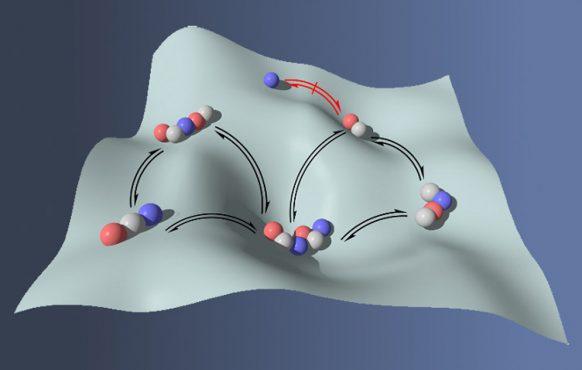
The peptides - strings of polymers composed of amino acids - can be used as the building blocks for supramolecular nanomaterials, and could lead to advances in drug delivery, food science and cosmetics. According to the CUNY team, previous developments in peptide nanotechnology relied on chance discoveries or laborious design processes. But the new method uses the principles of evolution to reveal previously undiscovered combinations.
"In our quest to find materials based on biology's building blocks - but which are much simpler - it is difficult to rationally design these materials because there are very many possible permutations that could be explored," said Rein Ulijn, director of the CUNY Advanced Science Research Centre (ASRC)'s Nanoscience Initiative.
Described in the journal Nature Nanotechnology, the process involves subjecting the peptides to continuous enzymatic condensation, hydrolysis and sequence exchange, which creates a ‘dynamic combinatorial peptide library’. The method allowed Ulijn's team to identify a range of peptide-based materials that had not been observed before.
"Instead of designing rationally to improve materials, we've found a way to autonomously evolve," said Charalampos Pappas, first author of the paper, and former CUNY ASRC postdoctoral researcher.
"We achieve this by having components dynamically connect, rearrange and disconnect, resulting in the spontaneous selection and formation of the most stable self-assembling nanostructures."
Commercial applications of the tunable peptide structures include nanospheres that could be biodegradable and have potential use in drug delivery, as well as nanofibres that form gel-phase materials, and which could be used in the production of cosmetics or biodegradable plastics




Swiss geoengineering start-up targets methane removal
No mention whatsoever about the effect of increased methane levels/iron chloride in the ocean on the pH and chemical properties of the ocean - are we...